
Conserving Amboseli’s wildlife and its Ecosystem
for the benefit of its people.

Conserving Amboseli’s wildlife and its ecosystem for the benefit of its people.
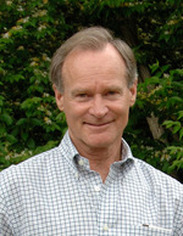
Founder & Chairman
Dr. David Western, known as Jonah, began research into savannas ecosystems at Amboseli in 1967, looking at the interactions of humans and wildlife.
His work, unbroken since then, has served as a barometer of changes in the savannas and test of conservation solutions based on the continued coexistence of people and wildlife.
Jonah is currently chairman of the African Conservation Centre, Nairobi. He directed Wildlife Conservation Society programs internationally, established Kenya’s Wildlife Planning Unit, chaired the World Conservation Union’s African Elephant and Rhino Specialist Group, and was founding president of The International Ecotourism Society, chairman of the Wildlife Clubs of Kenya, director of Kenya Wildlife Service, and founder of the African Conservation Centre in Nairobi.
He is an adjunct professor in Biology at the University of California, San Diego.
Western’s publications include;
Conservation for the Twenty-first Century (OUP, 1989), Natural Connections: Perspectives in Community-based Conservation (Island Press, 1994) and In the Dust of Kilimanjaro (Shearwater, 2001).
He is presently conducting a study on climate change in the Kenya-Tanzania borderlands in collaboration with University of California San Diego, University of York, Missouri Botanical Gardens, and African Conservation Centre.

Founder & Chairman
Dr. David Western, known as Jonah, began research into savannas ecosystems at Amboseli in 1967, looking at the interactions of humans and wildlife.
His work, unbroken since then, has served as a barometer of changes in the savannas and test of conservation solutions based on the continued coexistence of people and wildlife.
Jonah is currently chairman of the African Conservation Centre, Nairobi. He directed Wildlife Conservation Society programs internationally, established Kenya’s Wildlife Planning Unit, chaired the World Conservation Union’s African Elephant and Rhino Specialist Group, and was founding president of The International Ecotourism Society, chairman of the Wildlife Clubs of Kenya, director of Kenya Wildlife Service, and founder of the African Conservation Centre in Nairobi.
He is an adjunct professor in Biology at the University of California, San Diego.
Western’s publications include;
Conservation for the Twenty-first Century (OUP, 1989), Natural Connections: Perspectives in Community-based Conservation (Island Press, 1994) and In the Dust of Kilimanjaro (Shearwater, 2001).
He is presently conducting a study on climate change in the Kenya-Tanzania borderlands in collaboration with University of California San Diego, University of York, Missouri Botanical Gardens, and African Conservation Centre.


Deputy Director & Head of Bio-statistical Services
Dr. Victor N. Mose is the Deputy Director and Head of Biostatistical Services. He was awarded a PhD in Biomathematics by the University of Pierre and Marie Curie (UPMC), Paris VI, France in 2013.
He has a Masters in bio-statistics from the University of Nairobi, Kenya and a Bachelors degree in Mathematics from the same University.
He also holds a financial mathematics qualification from the Institute of Actuaries, London, UK.
Victor is experienced in ecological modeling, bio-informatics, and geographical information systems (GIS).
His research interests include Population dynamics, migration modelling, Bayesian spatial analysis, ecosystem services and economics modelling, together with biodiversity mapping.
Victor’s publications include;
Mose, V.N., Nguyen-Huu, T., Auger, P., Western, D. 2012. Modelling herbivore population dynamics in the Amboseli National Park, Kenya: Application of spatial aggregation of variables to derive a master model. Ecological Complexity, 10, 42-51.

Deputy Director & Head of Bio-statistical Services
Dr. Victor N. Mose is the Deputy Director and Head of Biostatistical Services. He was awarded a PhD in Biomathematics by the University of Pierre and Marie Curie (UPMC), Paris VI, France in 2013.
He has a Masters in bio-statistics from the University of Nairobi, Kenya and a Bachelors degree in Mathematics from the same University.
He also holds a financial mathematics qualification from the Institute of Actuaries, London, UK.
Victor is experienced in ecological modeling, bio-informatics, and geographical information systems (GIS).
His research interests include Population dynamics, migration modelling, Bayesian spatial analysis, ecosystem services and economics modelling, together with biodiversity mapping.
Victor’s publications include;
Mose, V.N., Nguyen-Huu, T., Auger, P., Western, D. 2012. Modelling herbivore population dynamics in the Amboseli National Park, Kenya: Application of spatial aggregation of variables to derive a master model. Ecological Complexity, 10, 42-51.
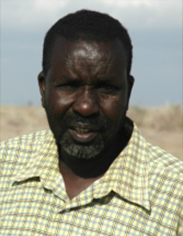
Field Officer/ Data Collector
David has been working in Amboseli as the ACP field officer since 1977. As a member of the local Maasai community in the Amboseli area, David brings a unique perspective to the program.
His rich understanding of the interaction of people, livestock, and wildlife, and the challenges facing conservation in human landscapes, enriches his key roles in the design of field experiments and long term data collection and monitoring.

Field Officer/ Data Collector
David has been working in Amboseli as the ACP field officer since 1977. As a member of the local Maasai community in the Amboseli area, David brings a unique perspective to the program.
His rich understanding of the interaction of people, livestock, and wildlife, and the challenges facing conservation in human landscapes, enriches his key roles in the design of field experiments and long term data collection and monitoring.
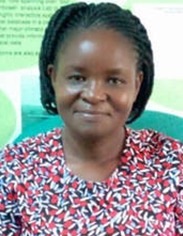
Database Administrator
Winfridah is the Amboseli Conservation Program’s database Administrator. She has a certificate from Pitman Training Institute and vast experience in working with big data that involve database management, basic analysis, digital library, data mining and data visualization.
Her interests include spatial data mining and presentation. Before Joining ACP, she worked as a data clerk at South Rift Land Owners Association (SORALO).

Database Administrator
Winfridah is the Amboseli Conservation Program’s database Administrator. She has a certificate from Pitman Training Institute and vast experience in working with big data that involve database management, basic analysis, digital library, data mining and data visualization.
Her interests include spatial data mining and presentation. Before Joining ACP, she worked as a data clerk at South Rift Land Owners Association (SORALO).
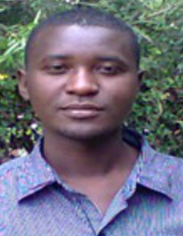
Assistant Researcher
Sakimba is currently pursuing a PhD at the University of Lyon 2 in France. He previously worked as an Assistant Researcher for the Amboseli Conservation Program.
He holds a Bachelor of Science (Wildlife Management and Conservation) degree from the University of Nairobi and a Master of Science degree in Range Management from the same University.
Prior to joining the ACP, he worked as an Ecological Assistant at South Rift Land Owners Association. At ACP, he is involved in projects dealing with the Dynamics of Predation on Spatial -temporal Basis and in Human Ecology.
His other interests include: GIS, remote sensing, satellite imagery, ecological monitoring, land use change and ecosystem vulnerability.

Assistant Researcher
Sakimba is currently pursuing a PhD at the University of Lyon 2 in France. He previously worked as an Assistant Researcher for the Amboseli Conservation Program.
He holds a Bachelor of Science (Wildlife Management and Conservation) degree from the University of Nairobi and a Master of Science degree in Range Management from the same University.
Prior to joining the ACP, he worked as an Ecological Assistant at South Rift Land Owners Association. At ACP, he is involved in projects dealing with the Dynamics of Predation on Spatial -temporal Basis and in Human Ecology.
His other interests include: GIS, remote sensing, satellite imagery, ecological monitoring, land use change and ecosystem vulnerability.

Data Analyst
Immaculate is a data analyst at ACP. She has a Bachelors’ degree in Financial Economics from Mount Kenya University.
She is experienced in spatial data analysis and modeling of livestock markets in Kenya. Her interests include GIS, remote sensing, satellite imagery processing and analysis.
Immaculate as well, supports the analysis team that is working on the Rangeland restoration, a program of the African Conservation Centre, also known as the JUSTDIGGIT project.

Data Analyst
Immaculate is a data analyst at ACP. She has a Bachelors’ degree in Financial Economics from Mount Kenya University.
She is experienced in spatial data analysis and modeling of livestock markets in Kenya. Her interests include GIS, remote sensing, satellite imagery processing and analysis.
Immaculate as well, supports the analysis team that is working on the Rangeland restoration, a program of the African Conservation Centre, also known as the JUSTDIGGIT project.

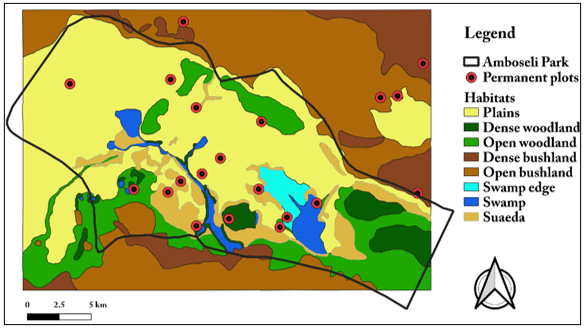
Lorem ipsum dolor sit amet, consectetur adipiscing elit. Ut elit tellus, luctus nec ullamcorper mattis, pulvinar dapibus leo.




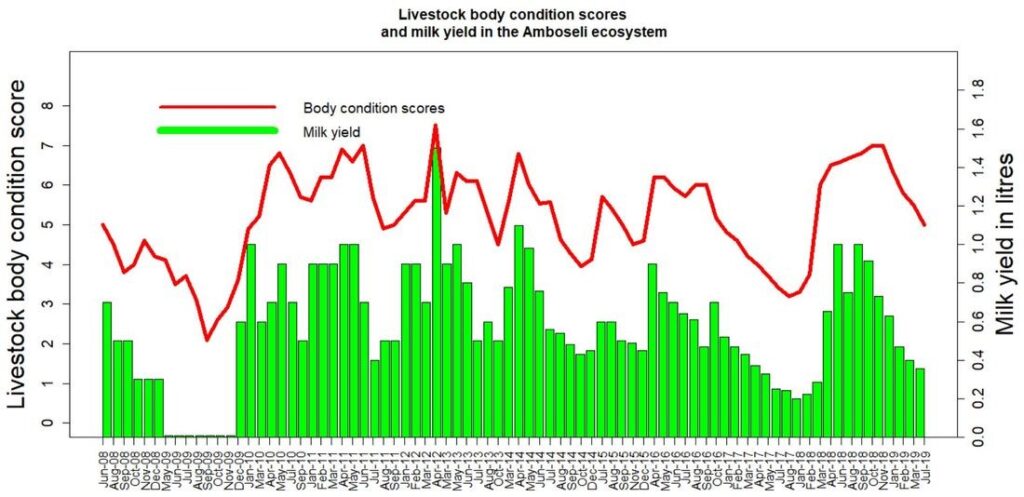




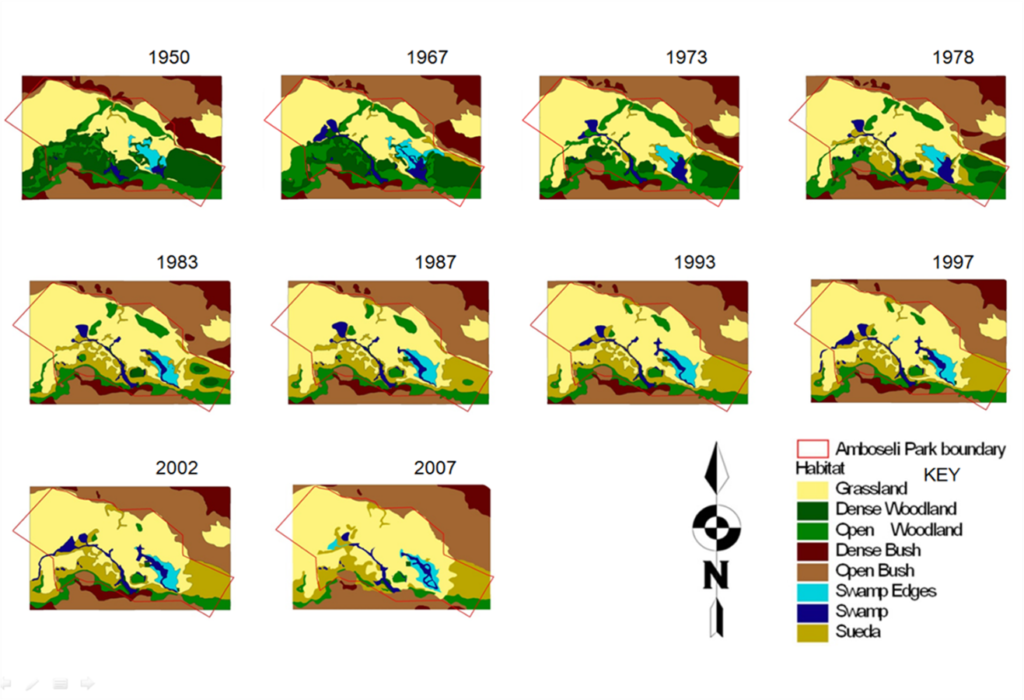
Credit : Mark Manongdo